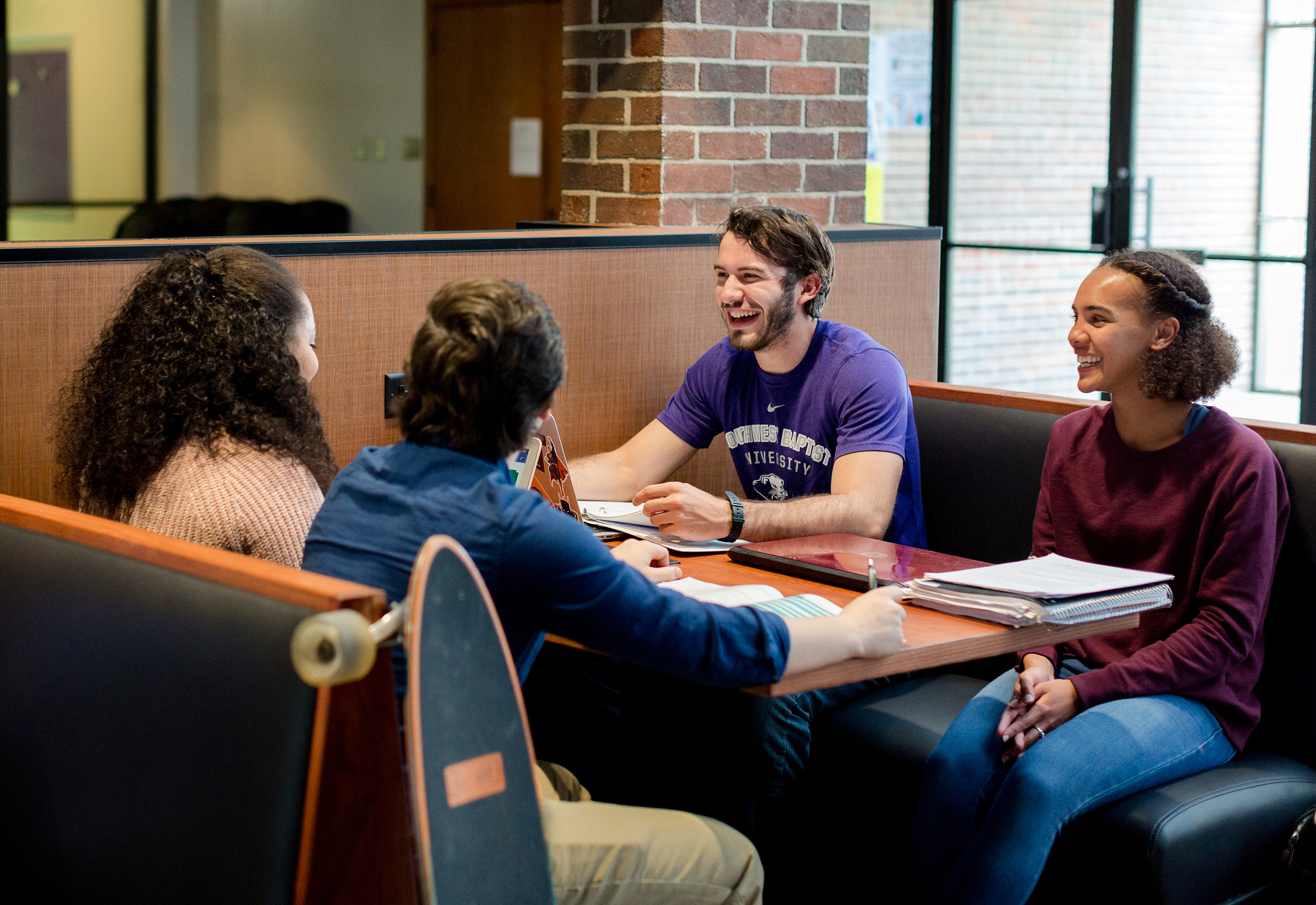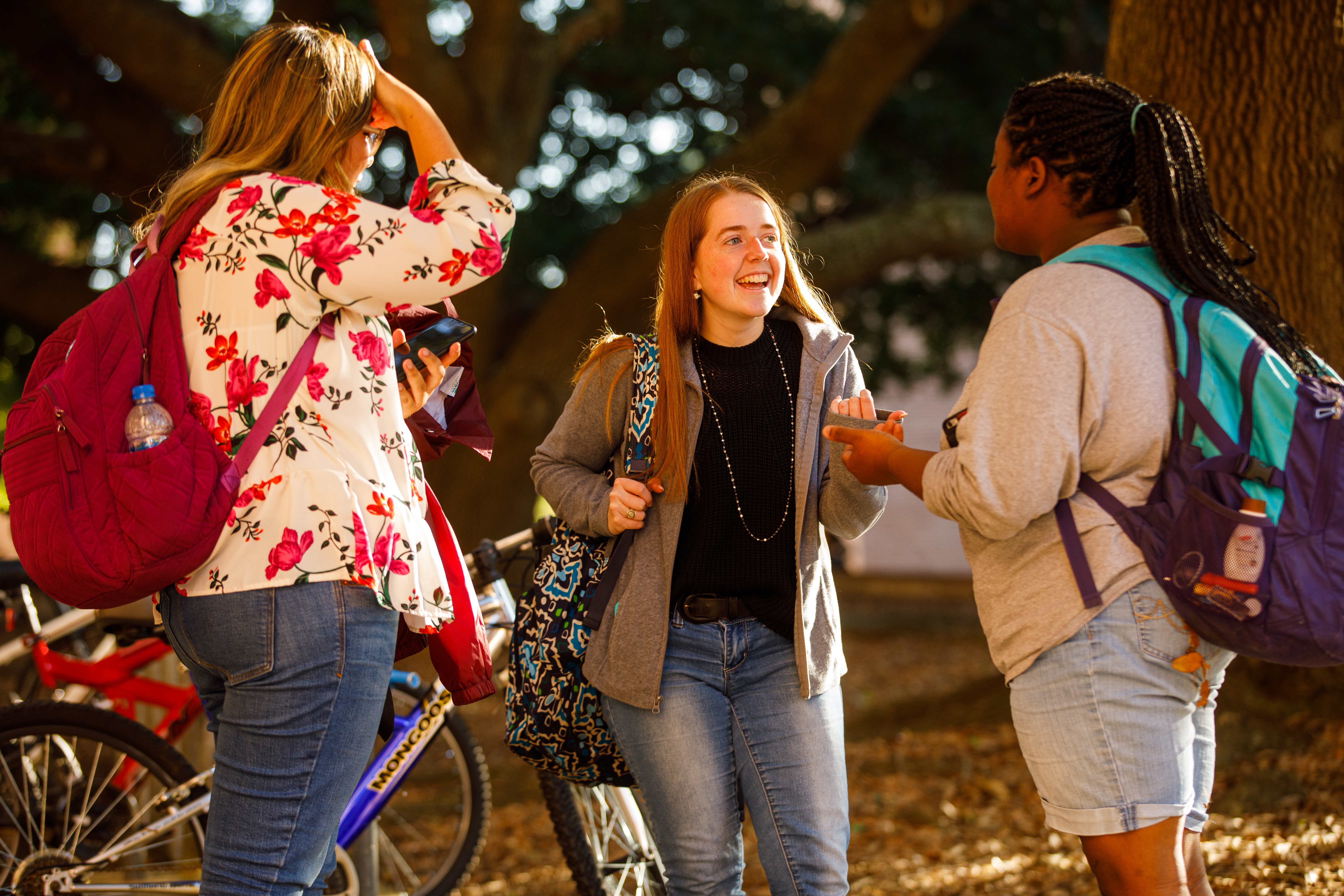Mental Health: A Concern Beyond COVID-19
As we explored in last year’s Annual Results, the COVID-19 pandemic response impacted students’ mental health and well-being in various ways. Given the steady increase in mental health concerns among college students, NSSE designed an experimental item set on mental wellness for the 2022 administration to ask how the COVID-19 response affected students’ academic and personal lives. Encouragingly, both first-year students and seniors felt that many areas had not been affected during COVID-19.
However, students claimed their finances were worse because of the pandemic compared to any other area (Table 1). Other areas that many first-year and senior students indicated got worse were academics and health, but there were more students overall indicating that COVID-19 policies had no effect on these areas. These results make sense given how COVID-19 policies restricted access to both on-campus job and academic opportunities, but they also point to areas where there may be a longer-lasting impact of the pandemic for college student experiences.
Percentages for "Worse" are the sum of "Worse" and "Much worse," and percentages for "Better" are the sum of "Better" and "Much better."
Some Students Experience Negative Behavior
In addition to areas impacted by COVID-19, about 1 in 12 first-year students and 1 in 9 senior students experienced offensive behavior, discrimination, exclusion, or harassment at their institution. Of these respective groups, racial or ethnic identity (35%) and political views (27%) were the top identities by which first-year students experienced mistreatment and racial or ethnic identity (38%), political views (27%), and gender identity (26%) were the top identities by which seniors experienced mistreatment. These negative experiences on college campuses remain troubling issues, especially given the ways race, gender, and politics are debated in society. Institutions should strive for all students to have college experiences free from discrimination and harassment, and educators need to keep such issues at the top of their agendas to promote positive learning environments (Ogunyemi et al., 2020).
A Variety of Support Sources
Students were also asked about the support they received from different groups of people regarding their mental health and wellness. For both first-year students and seniors, family and friends were the most supportive of their mental health, while the institution overall, instructors, academic advisors, and other students provided some support.
About half of students selected ‘not applicable’ for counseling services and student services staff (career services, student activities, housing, etc.) in relation to how much they supported their mental health and wellness. This pattern was consistent for both first year students and seniors; in fact, first-years and seniors diverged little with regard to their sources of support. This might worry some, particularly counseling services, because it may be the case that students underutilize services specifically provided to support their mental health.
It may also suggest a lack of services provided, a lack of awareness of services or limited availability of counseling support staff to service the number of students who need assistance, especially post-pandemic as more students return to campus for in-person learning. In both scenarios, institutions must find ways to structure counseling and other support services to be accessible and useful in supporting students’ mental health.
Note: The items on mental wellness received responses from 6,132 first-year students and 7,911 seniors from 30 bachelor’s degree-granting colleges and universities in the US in 2022. Percentages in Figure 1 represent the sum of "Very much" and "Quite a bit."
Students were asked, “Have you experienced offensive behavior, discrimination, exclusion, or harassment at your institution?” and those who responded either “Yes, and it interfered with my ability to succeed as a student” or “Yes, but it did not interfere with my ability to succeed as a student” were counted in the statistics cited above.



